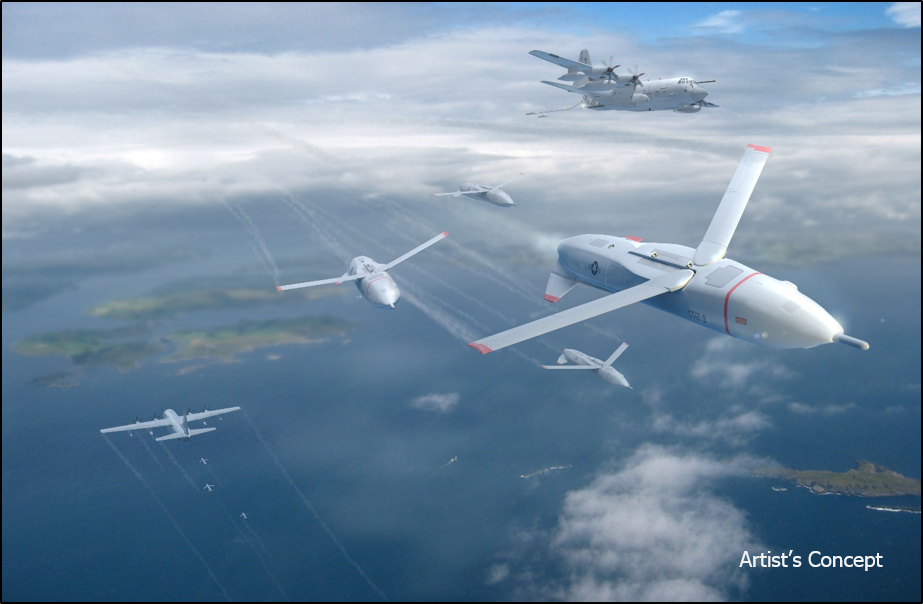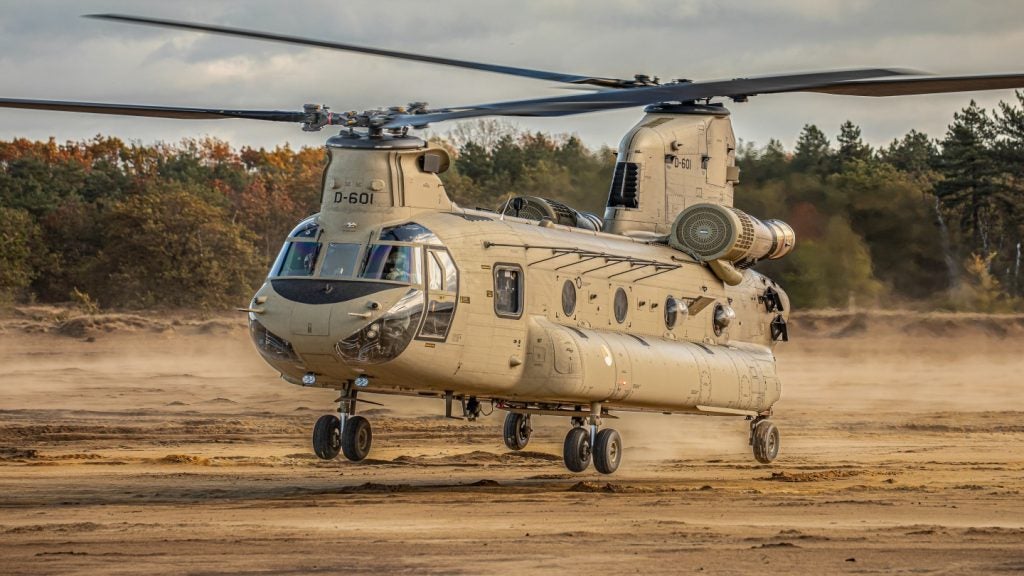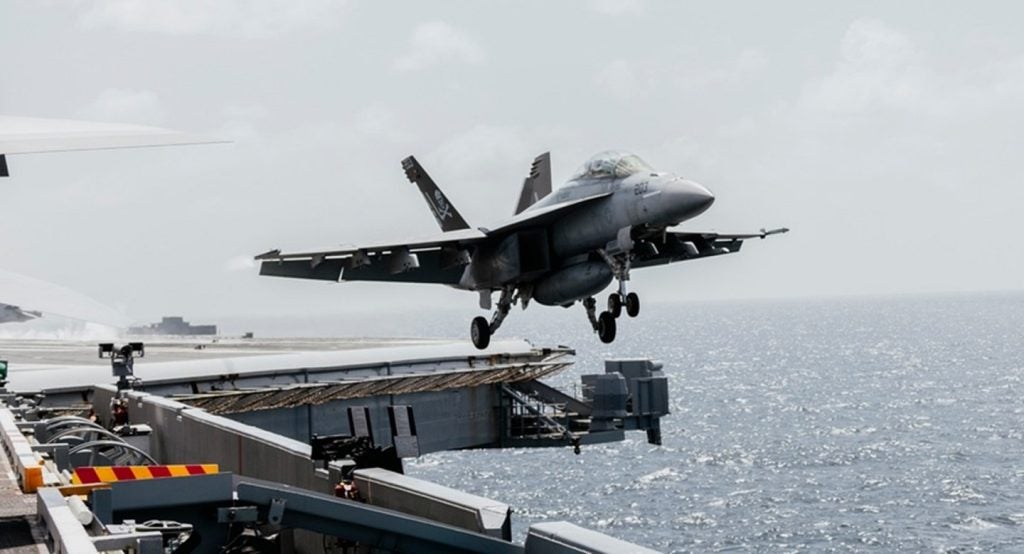
The UK Royal Air Force in April is set to stand up a new squadron to bring swarming drones into service and assess their capabilities.
The technology, originally announced by former Defence Secretary Gavin Williamson, was due to be in service by the end of 2019; however, the capabilities will now be brought into service in April.
A RAF spokesperson told Air Force Technology: “The Royal Air Force’s ambitious swarming drones project continues to be developed by the Rapid Capabilities Office with the progress during recent trials exceeding expectations in a number of areas.
“216 Squadron will be reformed on 1 Apr 2020 in order to bring the capability into service and continue its development.”
Development of the project has so far been under the control of the RAF Rapid Capabilities Office, which supports the Tempest fighter project. However, RAF has so far been tight-lipped about the size and scope of the plans.
Announcing the project in February last year at the Royal United Services Institute (RUSI) Williamson said: “I have decided to use the Transformation Fund to develop swarm squadrons of network-enabled drones capable of confusing and overwhelming enemy air defences. We expect to see these ready to be deployed by the end of this year.”
How well do you really know your competitors?
Access the most comprehensive Company Profiles on the market, powered by GlobalData. Save hours of research. Gain competitive edge.

Thank you!
Your download email will arrive shortly
Not ready to buy yet? Download a free sample
We are confident about the unique quality of our Company Profiles. However, we want you to make the most beneficial decision for your business, so we offer a free sample that you can download by submitting the below form
By GlobalDataAt the time Janes reported that the drones would be used to locate and confuse anti-air infrastructure so conventional aircraft could destroy it.
The project has been funded through the £160m UK Ministry of Defence (MOD) Transformation Fund designed to deploy and deliver advanced projects for the armed forces. Announcing the project, Williamson said that it was designed to complement the “leading edge” technology of the F-35 Joint Strike Fighter.
The MOD previously gave more details on the programme saying that the drones would work alongside fighter aircraft like the F-35 and Eurofighter Typhoon to increase their lethality.
The MOD said: “The new £160m Transformation Fund will also develop swarm squadrons of network-enabled drones capable of confusing and overwhelming enemy air defences.
“By working with our F35 and Typhoon combat aircraft, these swarms will allow our pilots to deliver precise, lethal combat power more effectively and safely.”
At last year’s Air and Space Conference, then Air Chief Marshal Sir Stephen Hillier repeated the ambitious timeframe and commented on the programme, saying: “The RAF Rapid Capabilities Office is a world-leader in delivering projects, from Tempest to counter-UAS, such as our plans for swarming drones. For our swarming drones programme, if we had set about this three years ago in a traditional acquisition route we would not be where we are today.
“The team were set the most challenging objectives and I am confident enough to say the results, thus far, are looking pretty impressive. So much so that I can declare that we will shortly be forming an experimental squadron – Number 216 Squadron – to bring this capability quickly to the frontline.”
216 Squadron has operated in a number of capacities, beginning life as part of the Royal Naval Air Service in 1917. Later, 216 Squadron moved to a transport-focused role during WW2, a role it reprised during the Falklands War, operating a fleet of Lockheed Tristar 500 aircraft, before being disbanded in 2014.







